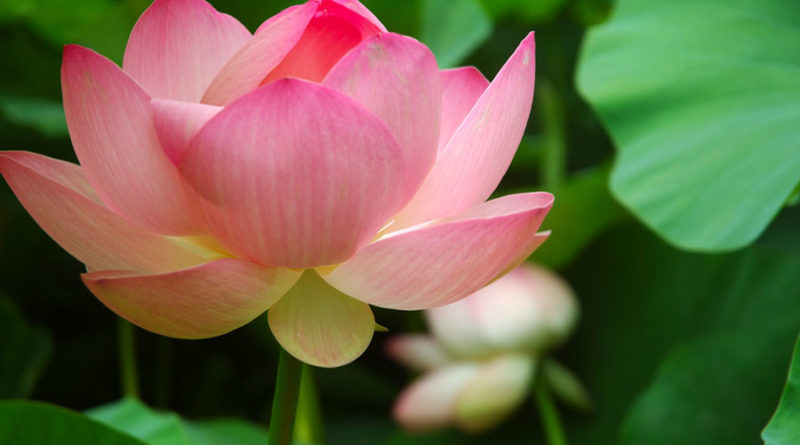ABHIDHAMMA IN DAILY LIFE – PREFACE
The Buddha’s teachings, contained in the ‘Tipitaka’ (Three Baskets) are: the Vinaya (Book of Discipline for the monks) , the Suttanta (Discourse) , the Abhidhamma.
All three parts of the Tipitaka can be an inexhaustible source of inspiration and encouragement to the practice, leading to the eradication of wrong view and eventually of the other defilements.
In all three parts of the Tipitaka we are taught about ‘dhamma’ , about everything which is real. Seeing is a dhamma, it is real. Colour is a dhamma, it is real. Feeling is a dhamma, it is real. Our defilements are dhammas, they are realities.
When the Buddha attained enlightenment he clearly knew all dhammas as they really are. He taught Dhamma to us in order that we also may know realities as they are.
Without the Buddha’s teaching we would be ignorant of reality. We are inclined to take for permanent what is impermanent, for pleasant what is sorrowful, for self what is not self. The aim of all three parts of the Tipitaka is to teach people the development of the way leading to the end of defilements.
The Vinaya contains the rules for the monks for the living to perfection of the ‘brahman life’. The goal of the ‘brahman life’ is the eradication of all defilements.
Not only the monks, but also laypeople should study the Vinaya. We read about the instances that monks deviated from their purity of life; when there was such a case, a rule was laid down in order to help them to be watchful. When we read the Vinaya we are reminded of our own lobha (attachment), dosa (aversion) and moha (ignorance), they are realities. As long as they are not eradicated they can arise any time. We are reminded how deeply rooted defilements are and what they can lead to. When one considers this, one is urged to develop the Eightfold Path which leads to the eradication of wrong view, jealousy, stinginess, conceit and all other defilements.
In the Suttanta, Dhamma is explained to different people at different places. The Buddha taught about all realities appearing through the six doors, about cause and effect, about the practice leading to the end of all sorrow.
As regards the Abhidhamma, this is an exposition of all realities in detail. ‘Abhi’ literally means ‘higher’, thus ‘ Abhidhamma’ means ‘higher dhamma’. The form of this part of the Tipitaka is different, but the aim is the same: the eradication of wrong view and eventually of all defilements. Thus, when we study the many enumerations of realities, we should not forget the real purpose of the study. The theory (pariyatti) should encourage us to the practice (patipatti) which is necessary for the realization of the truth (pativedha). While we are studying the different namas and rupas and while we are pondering over them, we can be reminded to be aware of nama and rupa appearing at that moment. In this way we will discover more and more that the Abhidhamma is about everything which is real, that is, the worlds appearing through the six doors.
This book is meant as an introduction to the study of the Abhidhamma. I hope that the reader, instead of being discouraged by the many enumerations and by the Pali terms which are used, will develop a growing interest in the realities to be experienced in and around himself.
Miss Sujin Boriharnwanaket has been of immense assistance and inspiration to me in my study of the Abhidhamma. She encouraged me to discover for myself that the Abhidhamma is about realities to be experienced through eyes, ears, nose, tongue, body-sense and mind-door. Thus I learnt that the study of the Abhidhamma is a process which continues all through life. I hope that the reader will have a similar experience and that he will be full of enthusiasm and gladness every time he studies realities which can be experienced!
I have quoted many times from the suttas in order to show that teaching contained in the Abhidhamma is no different from the teaching in the other parts of the Tipitaka. For the quotations I have mostly used the English translation of the ‘Pali Text Society’ (Translation Series). For the quotations from the ‘Visuddhimagga’ (Path of Purity) I have used the translation by Bhikkhu Nanamoli (Colombo, Sri Lanka,1964).
I have added some questions after the chapters which may help the reader to ponder over what he has read.
The venerable Phra Dhammadharo Bhikkhu gave me most helpful corrections and suggestions for the text of this book. Due to his effort the editing and printing of this book has been made possible.
Nina Van Gorkom
The Hague
Netherlands
1975
Source: Budsas.net







